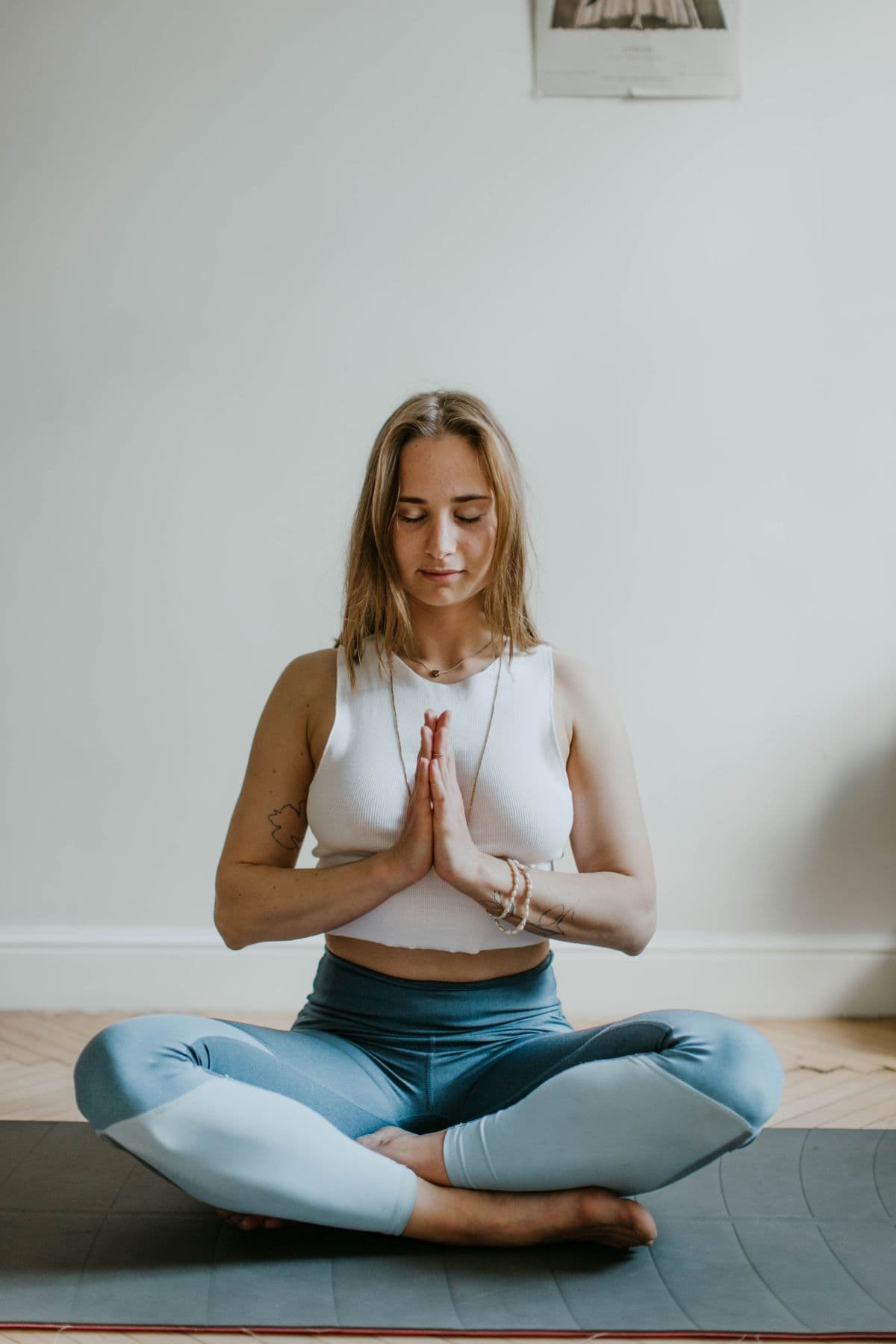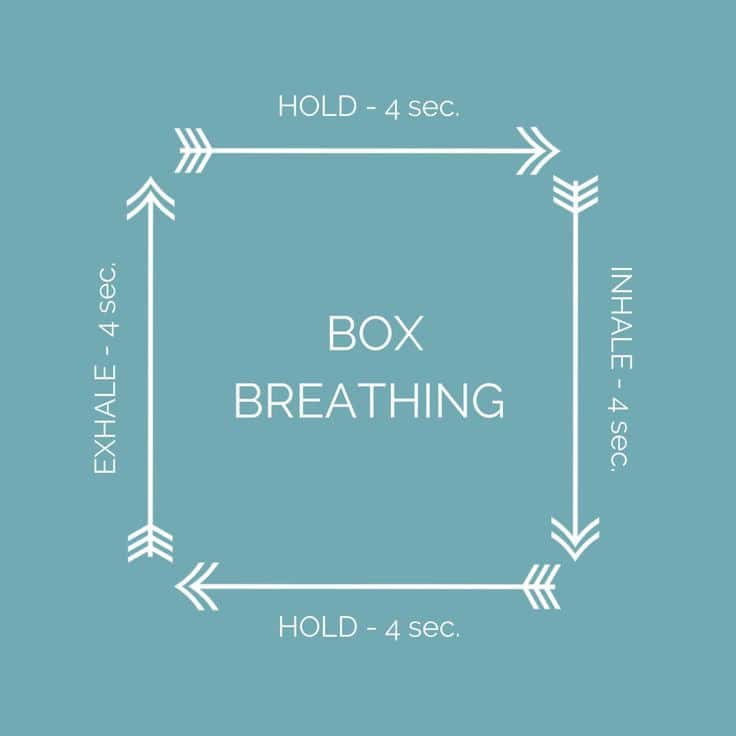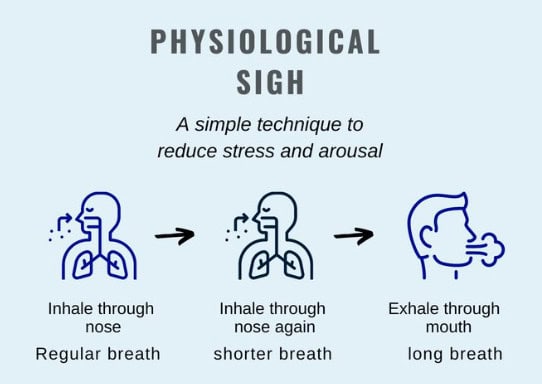Start Your Day Right: Relaxation Techniques And Breathing Practices
Stress is an unavoidable aspect of life, but it should never be allowed to become a defining characteristic of your existence. Many people are crippled by stress, and it often ends up having lasting effects on their physical and mental health. As terrible as that is, it can still be dealt with in a healthy manner. In this article, we’ll explore how you can start your day right, and conquer stress before it even gets the chance to lay hands on you.

What’s The Effect of Stress on You?
Stress is a natural aspect of life, but dealing with it chronically can have lasting negative effects. When dealing with stress, your body has a ‘stress response’, also known as ‘flight or fight response’. Many mental health platforms, especially the wellbeing Liven app in particular, focus on dealing with irrational fight-or-flight responses. This response boosts the production of stress hormones such as cortisol and epinephrine. In turn, these hormones will then cause the following physiological changes, which would typically give a human better odds of surviving a dangerous situation:
- Increased heart rate and blood pressure
- Pale skin caused by diversion of blood flow to the muscles from other parts of the body
- Compromised blunt pain response, allowing you to not feel your injuries until your stress response has subsided
- Dilated pupils, allowing for more light intake which helps you see better
- Increased muscle tension which provides you with extra speed and strength. This can result in trembling or shaking
- Increased glucose and fats secretion from the liver into the blood, providing your body with a fuel source to meet energy demands
- Increased respiratory rate to supply oxygen required to burn the extra glucose
- Blood clotting function speeds up to reduce bleeding and prevent excessive blood loss in case of an injury
This response was fine-tuned over millennia of human evolution, allowing humanity to survive the most dangerous situations. It still has its place in the modern age, but more often than not, the stress response is triggered by the wrong things. Your body doesn’t need all these stress hormones being produced just because you have a deadline approaching. Let’s take a look at what happens when stress hormone levels are heightened for a long period of time:
- High blood pressure, as well as increased chances for heart diseases, heart attacks, and stroke
- Heightened blood sugar levels, which can lead to Type 2 diabetes
- Weight gain
- Headaches
- Digestive issues
- Anxiety and depression
- Reduced attention span and problems with memory
- Sleep problems
What Are The Benefits of Relaxation Techniques and Breathing Practices?
By practicing relaxation techniques and breathing practices, you’ll notice the following benefits:
Physical Benefits
- Reduced blood pressure
- Slower heart rate
- Reduced muscle tension
- Improved quality of sleep
- Reduced chronic pain
- Improved digestion
- Boosted immune system
- Increased energy levels
- Reduced inflammation
Mental Benefits
- Improved mood
- Reduced stress and anxiety
- Increased focus and concentration
- Enhanced cognitive function
- Reduced irritability
- Improved self-esteem
- Reduced rumination and worry
- Enhanced creativity
Social Benefits
- Improved relationships
- Increased productivity
- Better decision-making
- Improved impulse control
- Greater self-discipline
- Improved communication skills
- Reduced reliance on unhealthy coping mechanisms
All of this sounds too good to be true, but there’s a science behind it all. Let’s learn more about why exactly it works in the next section.
Exploring Simple Relaxation Techniques
Relaxation techniques are practices which help induce the body’s ‘Relaxation response’. This is characterized by slower breathing, lower blood pressure, and a reduced heart rate. Generally, it’s the opposite of the stress response. Let’s explore a few relaxation techniques you can try out at the start of your day which are certain to help reduce any stress you may feel.
Progressive Relaxation
This technique focuses on slowly tensing and relaxing each muscle group one by one. It helps you become more aware of physical sensations. Typically, you’d start by tensing and relaxing the muscles in your feet and toes, then slowly making your way up to your neck and head. Tense your muscles for about 5 seconds, then relax them for 30. Repeat for each group of muscles.
Autogenic Training
This technique of relaxation is a series of mental exercises that uses both visual imagery and body awareness to reduce stress. Your mind is susceptible to suggestion, whether it’s your own words or someone else’s. When you keep criticizing yourself for every slight misstep, you’ll have a lowered self-esteem. In a similar vein, repeating kind words and suggestions to yourself helps you feel better about yourself, and even reduces stress. This way, you’ll teach yourself to be more compassionate to your own mind. Using visual imagery of peaceful settings can also help you focus on slowing your breathing and heart rate.
Guided Imagery
Also known as ‘Visualization’, this technique requires you to form mental pictures to take a visual journey to a peaceful, calming place or situation. For this technique, you ideally want to sit/lie down in a quiet spot, and close your eyes. Try to focus on the present moment, expelling any thoughts about the past or future from your mind.
Now, your imagination gets to work. Think up any scenario you want that brings peace to you, and try to incorporate as many senses as you can to make this imagination as vivid as possible. If you’re in a meadow, you’ll want to imagine the smell of grass after rain, the sound of birds chirping, the sight of grass and flowers swaying in the wind, and the feel of the sun on your face and the grass under your feet.
Centering Yourself Through Breathing Practices
Breathing practices are a type of relaxation technique in itself, but there are a few kinds we want to explore, so they get their own section. When you’re stressed, you tend to breathe shallowly and carbon dioxide builds up in your bloodstream, which can make you feel agitated and jittery. Let’s see how you can resolve that:
- Diaphragmatic Breathing: While keeping your upper chest still the entire time and using your abdominal muscles, inhale slowly through your nose and draw your breath down to your stomach. Your abdomen should push upwards and out. Then, tighten your abdominal muscles and let your stomach fall downwards as you exhale through pursed lips.
- Box Breathing: Breathe in slowly while counting to 4, then hold your breath for 4 seconds, and finally exhale slowly for 4 seconds.
- Physiological sigh: Inhale as deep as you can through your nose and at the peak, do one more quick nasal inhale to pop open the air sacs in your lungs. Then, exhale slowly through your mouth.
These simple techniques will have an immediate effect on the stress you feel after just a few repetitions.


Conclusion
Stress gets to everyone, but that shouldn’t stop you from being able to live a happy life. Trying these simple relaxation techniques and breathing practices just once will have a noticeable effect on your day. Make it part of your daily routine, and you’ll reap the benefits for the rest of your life. Lowered stress hormones, a healthier heart, and better mental health will let you take on the world with much more vigor than you ever had before. We at Liven hope we’ve been able to assist you as much as we possibly could.





Leave a Reply